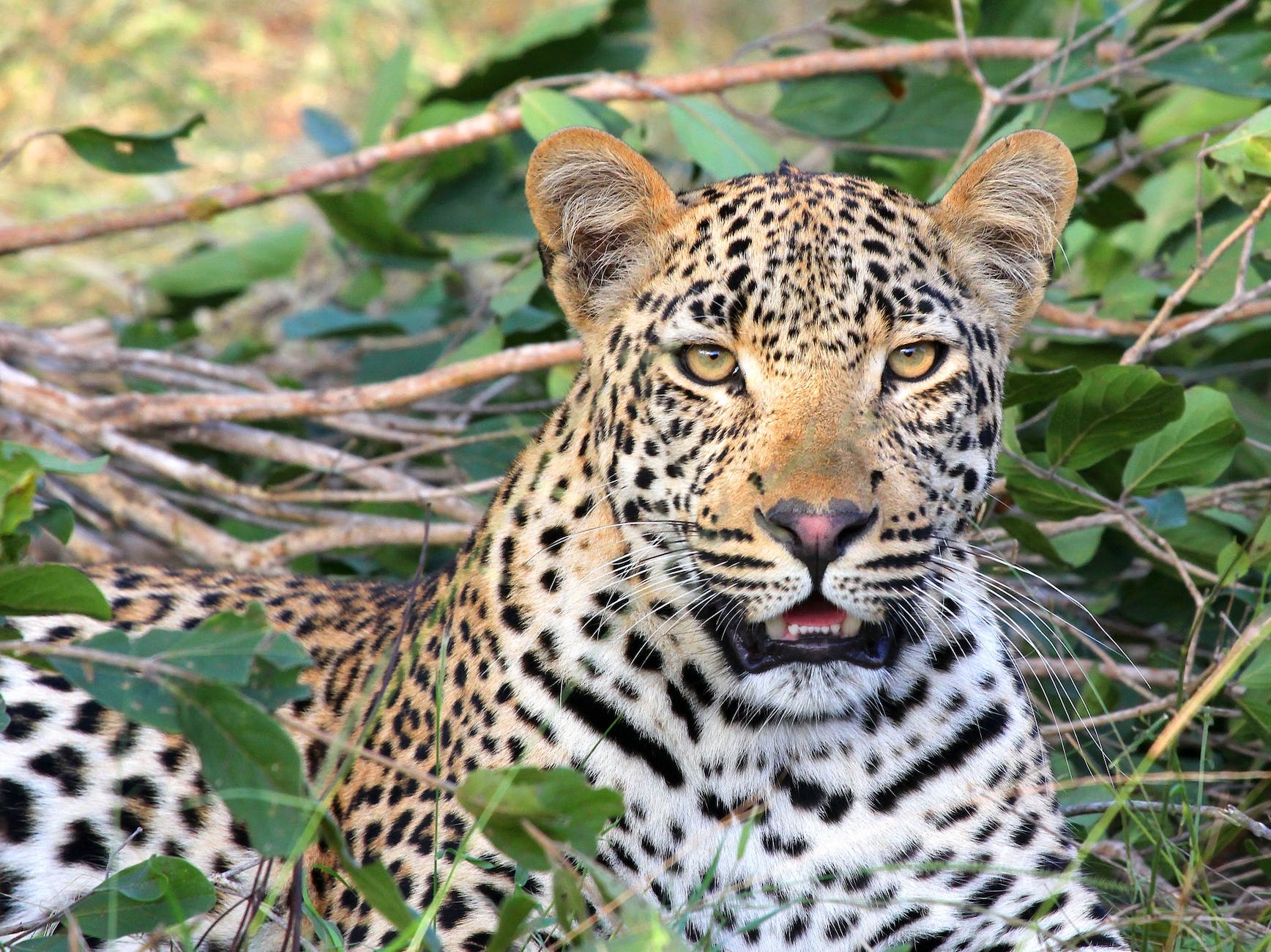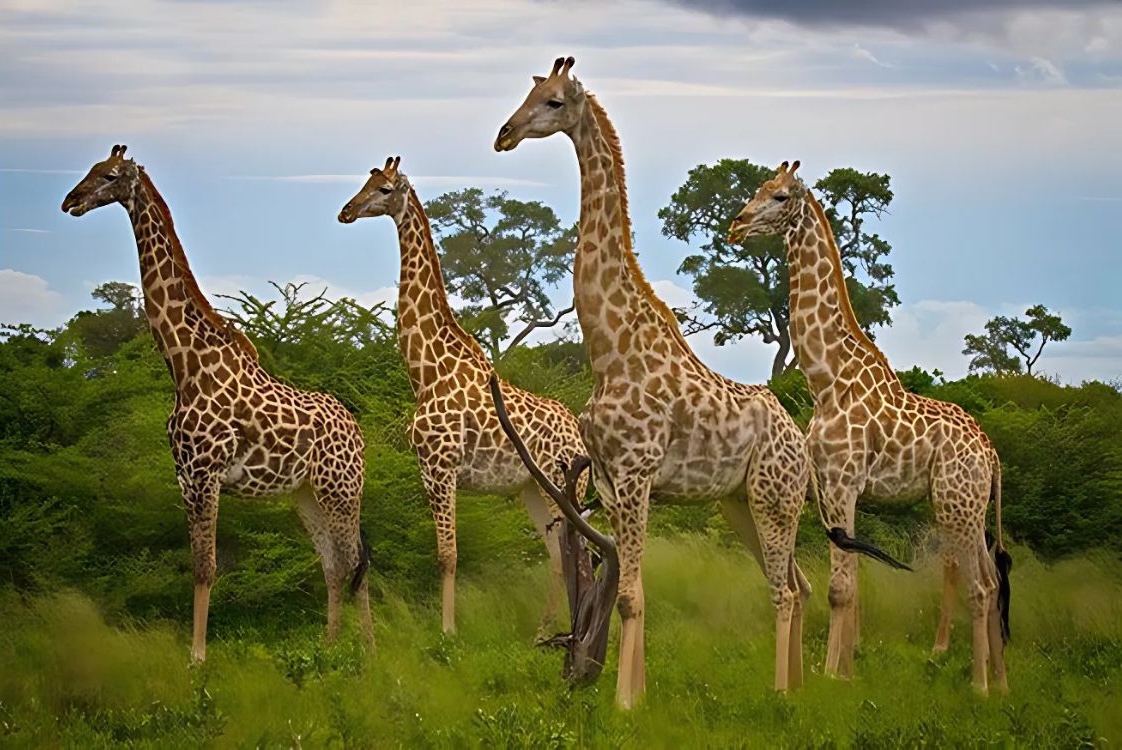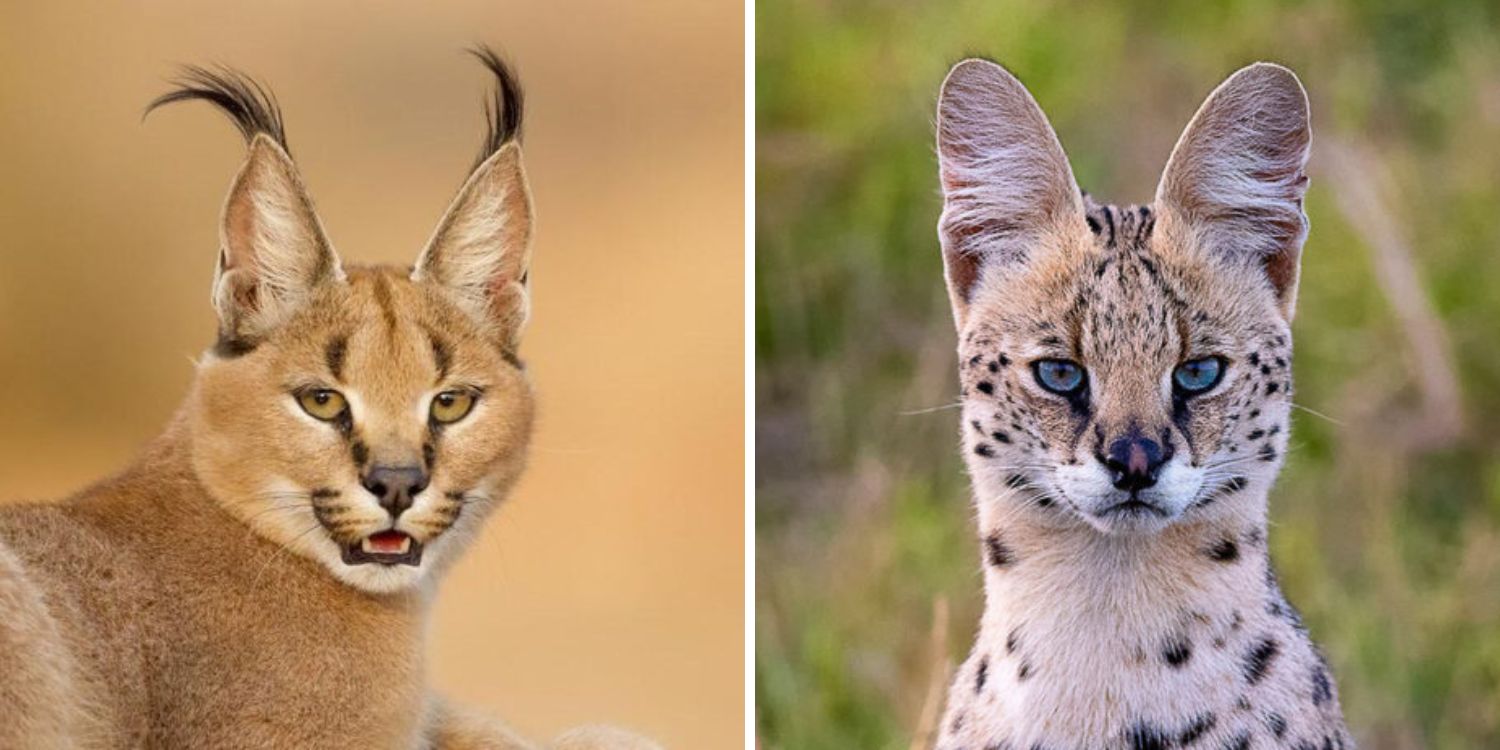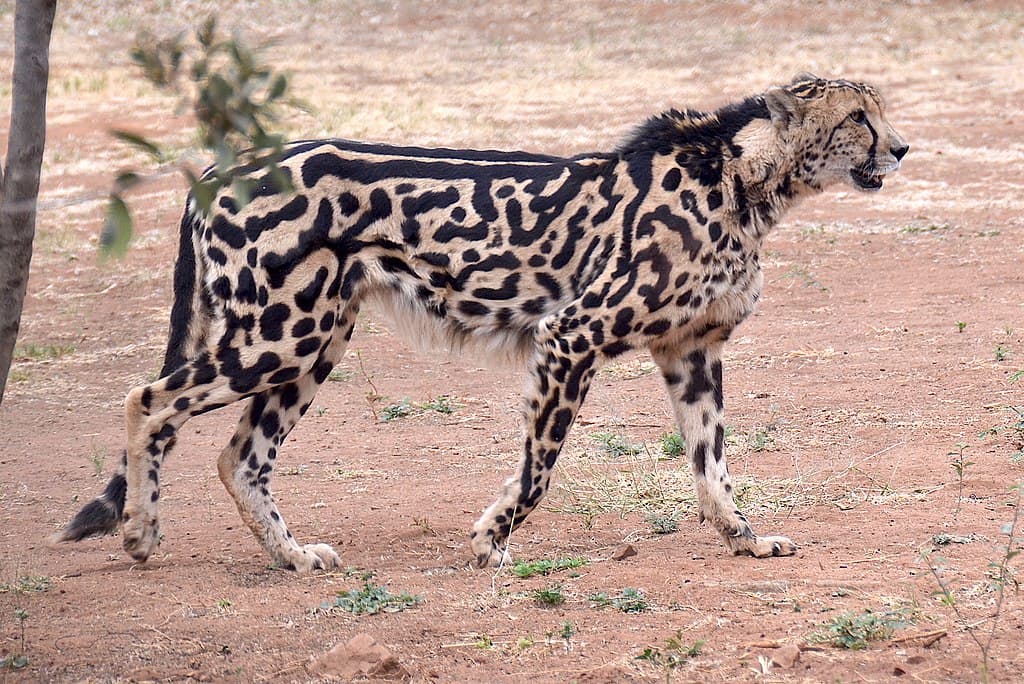
More Than Just Spots: The Power and Allure of the African Leopard
Across the sun-drenched savannas and lush forests of Africa, a solitary predator embodies the essence of the wild – the African leopard (Panthera pardus pardus). This iconic big cat, known for its rosette-patterned coat and elusive nature, is a symbol of power, resilience, and adaptability. Let’s delve into the fascinating world of African leopards and explore the unique challenges they face.
Adapting to the African Landscape:
African leopards are remarkably versatile, inhabiting a diverse range of habitats across the continent:
- Savannas: These iconic leopards are frequently associated with the open savanna landscapes, where they utilize trees and rocky outcrops for hunting and vantage points.
- Rainforests: In Central and West Africa, leopards thrive in dense rainforests, their spotted coats offering exceptional camouflage in the dappled light.
- Semi-deserts: Surprisingly, these adaptable cats can even be found in the sparse landscapes of semi-deserts, demonstrating their incredible resilience.
The Essence of the African Leopard:
- Spot the Camouflage: African leopards typically sport a golden-toned coat adorned with black rosettes, providing unparalleled camouflage in their varied habitats.
- Black Panther: A black form, in which the ground color as well as the spots is black, is widely known as the black panther; it is more common in Asia than in other parts of the range of the leopard.
- Strength and Stealth: As ambush predators, leopards rely on their exceptional strength and silent movements to stalk and subdue their prey. They are known to hunt a wide range of animals, from smaller gazelles and antelopes to larger prey like zebras and wildebeests.
- Treetop Storage: A unique behavior of African leopards is their tendency to haul their kills up into the branches of trees. This strategy keeps their hard-earned meal safe from scavengers and other predators.
Vital Yet Vulnerable:
As apex predators, African leopards are essential to maintaining the health and balance of their ecosystems. They play a crucial role in controlling prey populations and ensuring biodiversity throughout Africa. However, they face a multitude of threats:
- Habitat Loss and Fragmentation: The expansion of agriculture and human settlements disrupts vital habitat and creates fragmented landscapes. This disrupts the leopards’ ability to find prey, mates, and suitable territory.
- Human-Wildlife Conflict: As human populations grow, encounters with leopards can increase, leading to conflict situations that can endanger both humans and the leopards themselves.
- Poaching: Unfortunately, the illegal trade in leopard fur and body parts remains a persistent threat to their survival.
How You Can Help:
Protecting the future of African leopards is a multifaceted challenge, but together we can make a difference:
- Support Conservation Organizations: Donate to or volunteer with organizations dedicated to protecting African leopards and their habitats.
- Raise Awareness: Share the importance of leopards and the threats they face with your friends and family. Social media can be a powerful tool for spreading the word.
- Make Sustainable Choices: Opt for products that minimize environmental impact and support sustainable land-use practices in Africa.
The future of the African leopard rests in our hands. By supporting conservation efforts, raising awareness, and making responsible choices, we can contribute towards a future where these magnificent creatures continue to thrive throughout the landscapes of Africa.
See Also:
- Jaguar vs. Leopard: Spotting the Differences Between These Powerful Cats
- FAQ: Black Panthers
- Meet the Leopard
- Meet the Amur Leopard
- Meet the Snow Leopard
- Roaring vs Purring… Or, What Is a Big Cat?
More photos below ↓
















